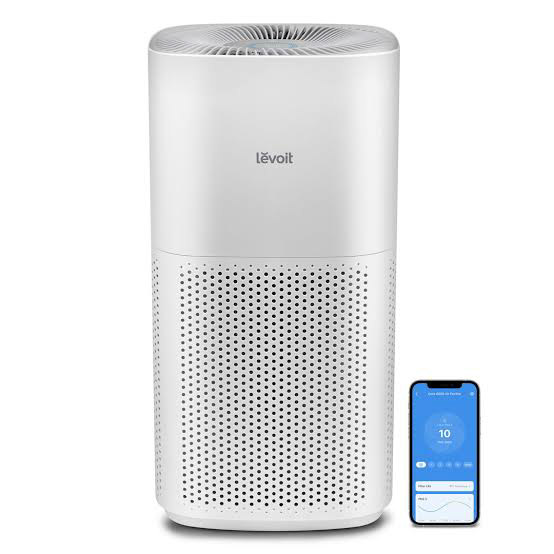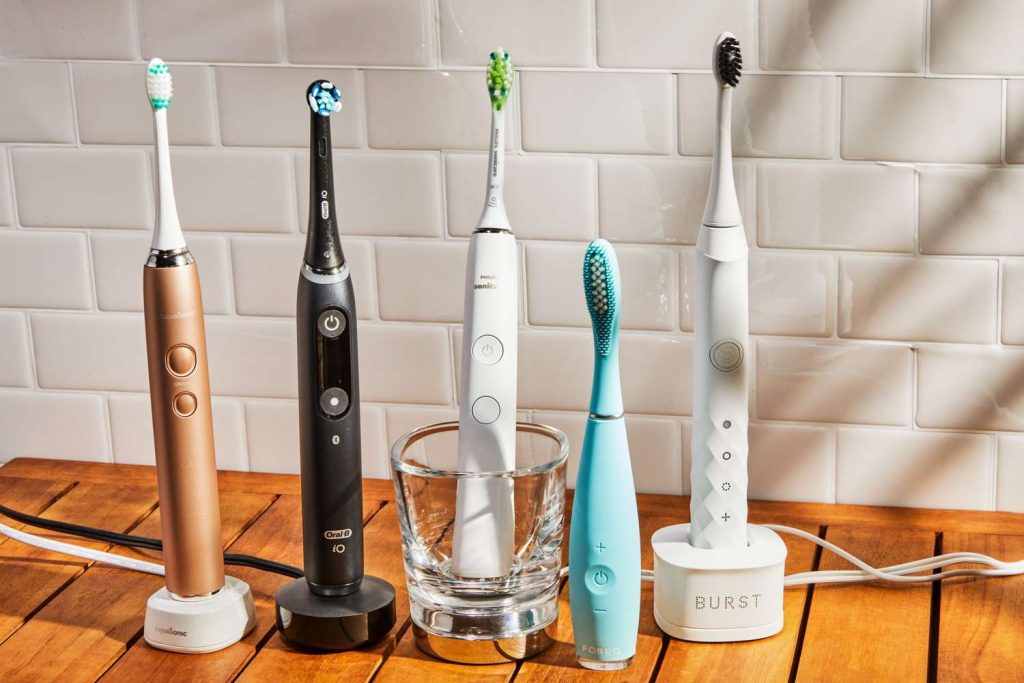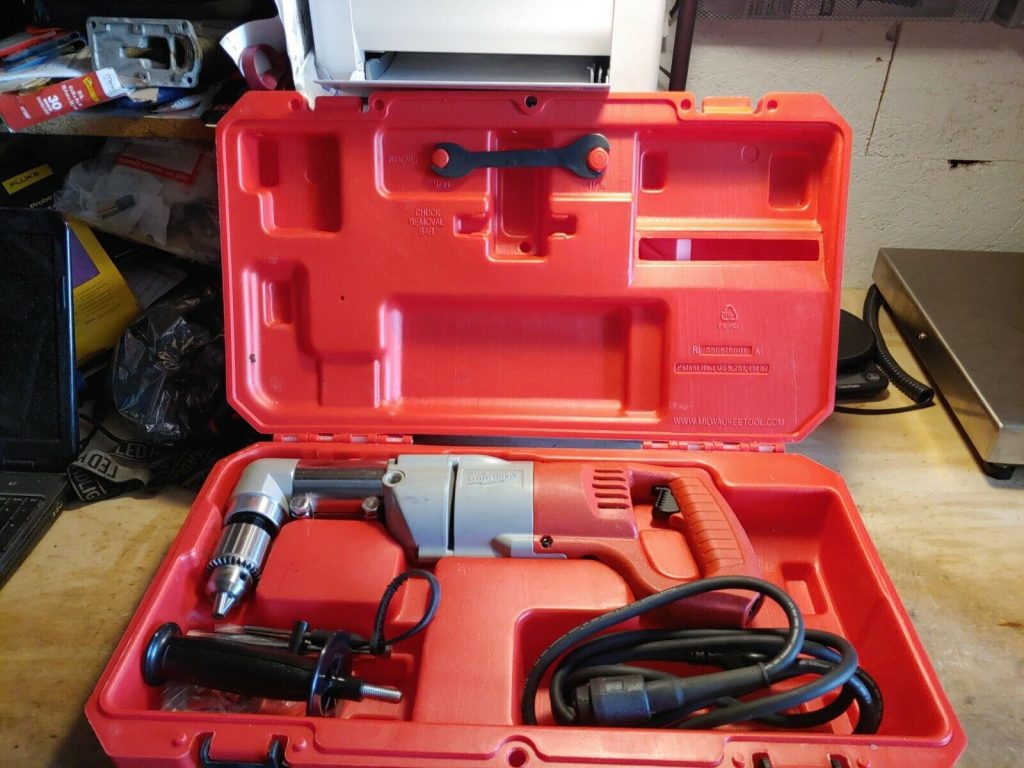As we move into 2025, the importance of maintaining clean indoor air quality cannot be overstated. With rising concerns about pollution, allergens, and respiratory health, the demand for effective air purifiers continues to grow. This article aims to guide consumers through the latest advancements in air purification technology, highlighting the best air purifiers available this year.
The selection process focuses on critical factors such as filtration efficiency, noise levels, energy consumption, and user-friendly features. Each product discussed has been rigorously evaluated based on its performance and reliability, ensuring that you can make an informed decision for your home or office environment.
Additionally, we will delve into the specific reasons to choose each model, addressing how their unique capabilities can cater to various needs—from combating seasonal allergies to reducing airborne pathogens. Whether you’re a first-time buyer seeking a dependable unit or a seasoned enthusiast looking for the latest innovations, this comprehensive guide will equip you with the knowledge to select the best air purifier that meets your specific requirements in 2025.
Join us as we explore these top-rated options and empower you to enhance the quality of your indoor air, fostering a healthier living space for you and your loved ones.
Improving Indoor Air Quality Effectively
Enhancing indoor air quality requires a multi-faceted approach that combines technology with practical strategies. Utilizing high-efficiency particulate air (HEPA) filters in air purifiers can significantly trap airborne particles, including dust, pollen, and pet dander, leading to cleaner air in residential and commercial spaces.
It is also essential to consider the air exchange rate; regular ventilation can dilute indoor pollutants and introduce fresh air. Incorporating plants known for their air-purifying qualities can further improve the atmosphere, as they naturally absorb carbon dioxide and release oxygen while filtering certain toxins.
Moreover, maintaining optimal humidity levels is crucial for preventing the growth of mold and mildew, which can adversely affect respiratory health. Monitoring indoor sources of pollution, such as volatile organic compounds (VOCs) emitted from household products, is vital. Opting for low-VOC paints, finishes, and cleaning agents, alongside regular maintenance of HVAC systems, can mitigate potential contaminants. By integrating these practices with the assistance of reliable air purifiers, individuals can create healthier indoor environments conducive to well-being and productivity.
Discover how air purifiers significantly enhance the quality of your indoor environment.
Air purifiers are instrumental in creating a healthier indoor environment by systematically reducing harmful airborne contaminants. These devices are equipped with advanced filtration systems capable of capturing not only particulate matter but also gases and odors, ensuring that the air we breathe is free from pollutants that can compromise health. By continuously circulating and filtering indoor air, air purifiers help mitigate the effects of allergens and irritants, making them particularly beneficial for individuals with allergies, asthma, or other respiratory conditions.
In addition to improving air quality, air purifiers contribute to overall well-being by promoting a more comfortable and pleasant living space. Clean air can enhance cognitive function, minimize fatigue, and even improve sleep quality, as it supports better respiratory health. As awareness of indoor air quality grows, integrating air purifiers into daily life has become a proactive approach to fostering a safe and inviting indoor atmosphere.
Advanced Filtration Technologies Explained
modern living. Among the cutting-edge filtration technologies available, HEPA (High-Efficiency Particulate Air) filters remain a cornerstone, capable of trapping 99.97% of particles as small as 0.3 microns. This includes dust, pollen, and pet dander, making it particularly effective for allergy sufferers. Additionally, advancements in activated carbon filters allow for the absorption of volatile organic compounds (VOCs) and unpleasant odors, further enhancing air purity.
Emerging technologies such as UV-C light and ionization offer supplementary benefits by neutralizing pathogens and reducing airborne viruses and bacteria. UV-C light effectively disrupts the DNA of microorganisms, rendering them harmless, while ionization releases charged particles that attract and clump together pollutants, making them easier for filters to capture. These integrated approaches to air purification not only enhance efficiency but also address a broader spectrum of air quality challenges, underscoring the importance of selecting air purifiers equipped with these advanced filtration technologies for optimal health benefits.
Learn about cutting-edge filtration systems that capture pollutants and allergens efficiently.
Innovative filtration systems are continually evolving to provide enhanced protection against a wide range of pollutants and allergens. Recent developments have introduced multi-stage filtration processes that combine various technologies to tackle specific air quality challenges more effectively. For instance, some systems incorporate pre-filters to capture larger particles before they reach HEPA filters, thereby extending their lifespan and improving overall performance. This layered approach allows for more efficient air cleaning, ensuring that finer particles and harmful pollutants are not only trapped but also minimized in concentration within indoor environments.
Moreover, the integration of smart technology into filtration systems has revolutionized user engagement and maintenance. Many modern air purifiers are equipped with sensors that monitor air quality in real-time, automatically adjusting filtration speed based on detected pollutant levels. This capability not only enhances energy efficiency but also ensures that users maintain optimal air quality conditions effortlessly. With the ongoing advancements in filtration technology, consumers can benefit from systems designed to meet the demands of modern living while providing a healthier atmosphere for families and workplaces alike.
Health Benefits of Clean Air
Access to clean air significantly contributes to overall health and well-being, promoting both physical and mental vitality. Clean air reduces the risk of respiratory conditions such as asthma, bronchitis, and other lung-related diseases by minimizing exposure to harmful pollutants and allergens. It also supports cardiovascular health by lowering the incidence of heart disease and stroke, as clean air helps maintain optimal oxygen levels in the bloodstream and reduces inflammatory responses triggered by airborne toxins.
In addition to physical health, the psychological benefits of clean air are profound. Improved air quality is linked to enhanced cognitive function and emotional stability, fostering better concentration, productivity, and overall mood. Environments with clean air can reduce fatigue and stress, contributing to greater comfort and well-being. Thus, prioritizing clean air not only safeguards physical health but also enriches the quality of life.
Understand the positive impacts of purified air on overall health and well-being.
Purified air plays a crucial role in enhancing overall health by creating an environment free from harmful pollutants and allergens. This reduction in airborne irritants can lead to fewer instances of respiratory distress and allergic reactions, allowing individuals to breathe easier and experience more robust lung function. Additionally, maintaining indoor air quality through purification systems can significantly decrease the risk of developing chronic respiratory diseases, fostering a healthier living space for families and communities.
Moreover, purified air contributes to improved mental health and cognitive performance. Studies have indicated that clean air is associated with better memory retention, increased focus, and reduced anxiety levels. The calming effects of fresh, clean air can help alleviate symptoms of stress and fatigue, promoting a sense of well-being and tranquility. By prioritizing air purification, individuals not only protect their physical health but also cultivate a nurturing environment that supports mental clarity and emotional balance.
Energy Efficiency in Air Purifiers
When selecting air purifiers, energy efficiency is a critical factor that can influence both environmental impact and operating costs. High-efficiency particulate air (HEPA) filters are commonly used in these devices, but their energy consumption varies significantly among models. Opting for air purifiers with energy-saving features, such as programmable timers, variable speed settings, and ENERGY STAR certification, allows consumers to minimize electricity usage while still achieving optimal air quality. This not only contributes to sustainability but also offers long-term savings on utility bills, making energy-efficient models a prudent investment in both health and finances.
Additionally, the use of advanced technologies, such as smart sensors and air quality monitors, enhances efficiency by adjusting the purifier’s operation based on real-time air conditions. This means that the device operates at higher capacities only when necessary, reducing unnecessary energy consumption during times of low pollution. As air quality awareness continues to rise, choosing an energy-efficient air purifier aligns with a commitment to sustainable living, ensuring that households can breathe cleaner air without compromising environmental responsibilities.
Explore energy-saving features that reduce costs while maintaining effective air purification.
Incorporating energy-saving features into air purifiers can significantly lower operational costs without compromising air purification effectiveness. Features like automatic adjustments based on air quality readings ensure that the unit runs optimally, consuming energy only when pollutants are detected. This not only maximizes the use of energy resources but also extends the lifespan of the filters, as they are utilized efficiently based on need rather than on a constant running schedule.
Furthermore, many modern air purifiers come equipped with modes that allow for reduced energy consumption during off-peak hours or when rooms are unoccupied. This proactive approach to energy management not only enhances the device’s ecological footprint but also translates into measurable savings for users. By balancing energy efficiency with robust filtration capabilities, these purifiers deliver a smart solution for maintaining indoor air quality in a cost-effective manner.
User-Friendly Features for Convenience
The integration of user-friendly features in air purifiers significantly enhances the overall convenience of operation and maintenance. Touchscreen interfaces, mobile app connectivity, and remote control options allow users to monitor air quality and adjust settings effortlessly from anywhere in their homes. Many models also include intuitive notifications for filter changes or maintenance needs, helping to keep the unit functioning optimally while reducing the hassle of manual checks.
In addition, some air purifiers offer quiet operation modes, which are ideal for nighttime use or in shared spaces, ensuring that users can maintain a peaceful environment while still benefiting from clean air. Features such as programmable timers and customizable fan speeds further add to user convenience, allowing individuals to tailor the air purification experience to their specific needs and schedules. These thoughtful design elements not only improve the functionality of air purifiers but also elevate the overall user experience, making them an essential addition to any modern home.
Find out about smart technology and user-friendly designs that enhance the air purification experience.
Advanced smart technology has revolutionized air purification, making it easier for users to achieve optimal air quality in their environments. Many modern air purifiers come equipped with sensors that detect air quality levels in real-time, automatically adjusting filtration settings to respond to changes in the environment. This proactive approach not only enhances efficiency but also ensures that users are consistently breathing cleaner air without the need for manual intervention. Additionally, integration with smart home systems allows for seamless control and automation, enabling users to incorporate air purification into their daily routines effortlessly.
User-friendly designs further elevate the air purification experience by prioritizing accessibility and ease of use. Compact and aesthetically pleasing models fit into various home decors, while clear LED displays provide essential information at a glance. With voice control capabilities and compatibility with platforms like Amazon Alexa or Google Assistant, users can manage their air purifiers through simple voice commands. These innovations not only make air purifiers more functional but also align them with the evolving demands of modern living, ensuring that users can enjoy a healthier indoor environment with minimal effort.
Top 5 air purifiers for America in 2025
Some models offer extra features like air quality sensors, timer functions, and remote control. Here are Popular Brands got 2025.
Dyson: Known for innovative technology and sleek design.
Winix: Offers a range of affordable and effective air purifiers.
Coway: Provides quiet and efficient air purification solutions.
BlueAir: Focuses on clean Scandinavian design and advanced filtration.
Honeywell: A well-known brand offering a variety of air purifier options.
In conclusion, selecting the right air purifier for 2025 involves careful consideration of factors such as filtration technology, room size compatibility, and specific air quality needs. The models highlighted in this post not only exemplify cutting-edge design and efficiency but also demonstrate a commitment to improving indoor air quality for a healthier living environment. As we continue to navigate the challenges posed by pollution and allergens, investing in a high-quality air purifier is a proactive step toward ensuring cleaner air and overall well-being. By choosing one of the best air purifiers available, you can create a sanctuary in your home that fosters comfort and promotes health for you and your loved ones.



